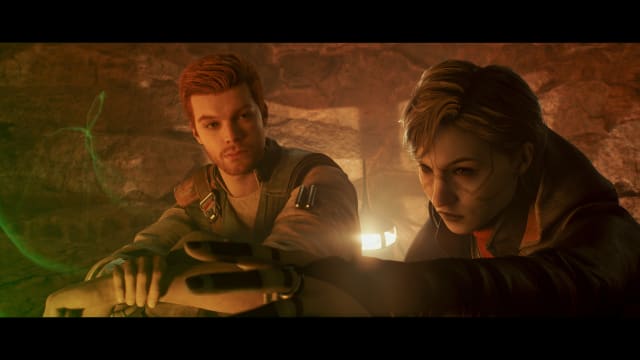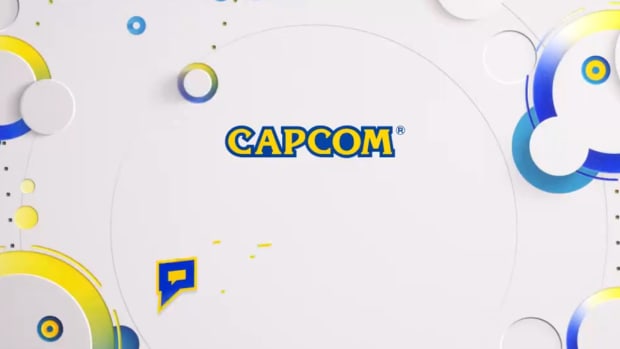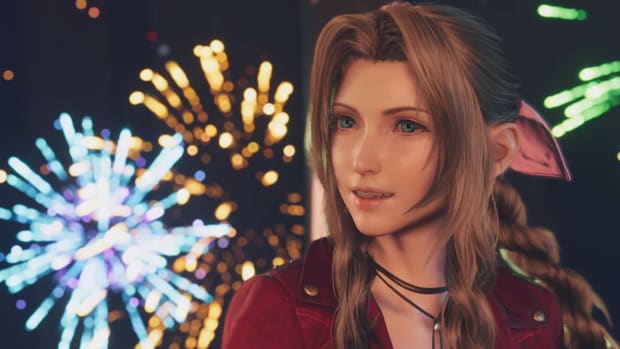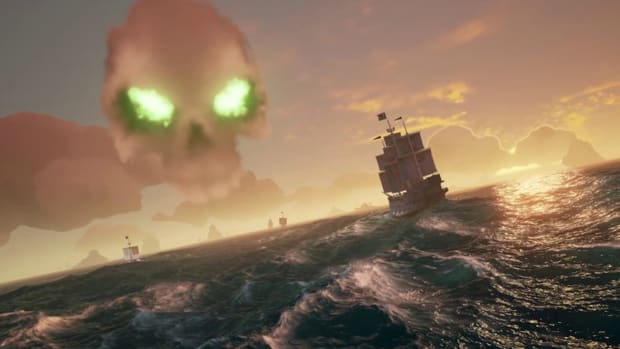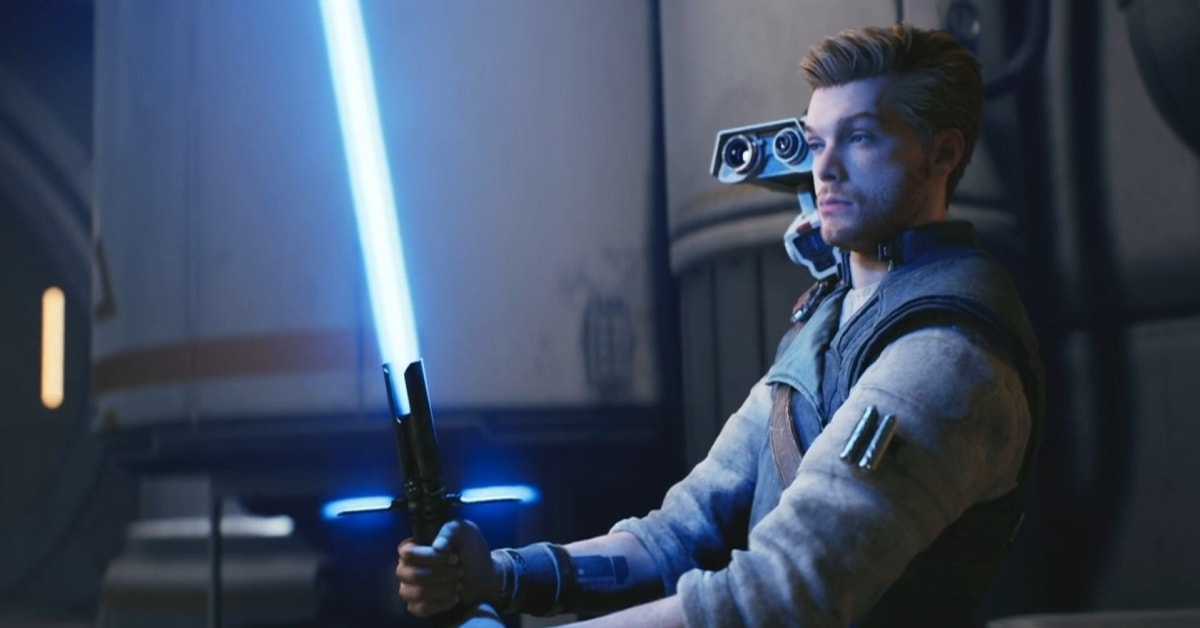
Star Wars Jedi: Survivor interview – discussing the ending and themes with Respawn
This article contains massive spoilers for the story of Star Wars Jedi: Survivor.
Before the Jedi was perfect balance. In the deep core of the galaxy, on a planet named Tython, the Je'daii Order was an ancient sect that lived in harmony with the Light and Dark sides of the force. Those who swayed too far into either extreme were banished to one of the planet's two moons – which, in their beliefs, represented the yin and yang of Light and Dark. The banished were only allowed to return home once their inner balance was restored.
We join Cal Kestis in Star Wars Jedi: Survivor in a world that has lost this equilibrium. The Empire rules over the galaxy and the Dark Side of the force has swept away the followers of the Light. All that’s left are pockets of resistance. With the ancient texts burned and few senior Jedi around to help him stay the course, Cal is forced to intuit what it means to be Jedi.
“Cal always tries to do the right thing,” lead writer Danny Homan explains. “That said, he’s a Jedi trying to survive during dark times, and the Order is gone. But even when he questions some of the Order’s traditions, he always embodies its core principles of selflessness and protecting others.”
During the story, Cal gets a glimpse into the Order’s past when he cracks open a time capsule containing the cryogenically frozen Dagan Gera, a High Republic Jedi who has succumbed to the Dark Side. Through this encounter, he gets to see how even the purest, most traditional form of Light Side Jedi – a Jedi from the Order at the height of its power – is prone to corruption.
It’s never explicitly stated, but Cal sees the Order fall apart twice before he’s even officially completed his journey as a Padawan. In many ways, the Order failed him. The rules failed him. In his mission to find a sanctuary on Tanalorr for the remaining Jedi, he has an opportunity to reinterpret the doctrines.
When Cal meets up with Bode, a seemingly friendly mercenary who’s fighting for his daughter, his first chance to sidestep tradition appears in the form of a new combat style: Gunslinger. In Star Wars: Rebels, another Padawan who survived Order 66, Kanan Jarrus, also preferred to use a blaster while attempting to hide from the Sith. His apprentice, Ezra Bridger, went as far as building a lightsaber with a ranged weapon integrated into the design. It might be cool from a gameplay perspective, but there’s also precedent.
Initially dreamed up as a stylish combat option inspired by Cere using a blaster stance in Star Wars Jedi: Fallen Order (It was “a bit of an ‘A-HA moment,” design director Jason De Heras says), the writers at Respawn soon got to work on tying it to the story and character development.
“Our team is always looking for opportunities to marry gameplay with narrative,” Homan says. “Cal’s decision to accept Bode’s blaster is one of several steps he takes away from the traditions of the Order. Interestingly, when Cal hesitates, it’s Merrin who encourages him: ‘You once said it wasn’t the weapon that makes you a Jedi.’ So much of Survivor’s story is Cal’s journey to determine his own path as a Jedi.”
This contrasts with Obi-Wan Kenobi, who sees the blaster as a weapon of the less civilized age. “This is a lightsaber, the weapon of a Jedi Knight,” he tells a starry-eyed Luke Skywalker.
Of course, Merrin herself is another outlier – a Force wielder who isn’t a Jedi – because she’s Cal’s love interest. Anyone who’s watched the prequel trilogy knows how it tends to go when a Jedi opens their heart, but Cal breaks from tradition and admits his feelings. They kiss. “Smooch, you must not,” Yoda would probably say.
“A lot of our game’s story is [about] how you survive during dark times,” Homan says. “We spent a long time talking through Cal’s struggles against the Empire, and how the discovery of Tanalorr might start to reexamine what drives him. Cal’s innate desire to protect his loved ones and family gave way to his feelings for Merrin. They derive strength from each other – you see this after Merrin kisses Cal, and he asks if it was for luck. ‘No. For me.’”
On the other side, Bode acts as a dark mirror, showing how love can be a selfish emotion. In trying to protect his daughter, he veers into the Dark Side and betrays Cal, who then has to draw up all of his inner strength to avoid being pulled in by the grief of this betrayal.
“The tragedy of Bode is that his love for Cal becomes genuine over the course of the story,” Homan says. “He understands Cal’s struggle with his Jedi identity during these dark times and desperately wants Cal to choose a path where he can live his own life, unburdened by his past. Bode chose to stop fighting the Empire to provide a childhood for his daughter, Kata. After you finish the game, you can find echoes throughout Cal’s journey that speak to Bode’s inner conflict and struggle. His betrayal might feel monstrous, but it is driven by intense love for his daughter.”
“Bode was not strong enough to avoid veering away from the Jedi code and not be pulled to the dark side,” cinematic director Dori Arazi adds. “The question of whether Cal would be strong enough to face the dark side was always meant to hang in the air. Bode also pushes Cal to make the same decisions he did, hoping Cal suffers the same fall from grace. Ultimately, it’s open to interpretation, but I think it’s his connection with Merrin that ends up keeping Cal in the light.”
In Star Wars’ expanded universe, this is something Luke Skywalker has to face, too, and he ultimately concludes that family is a strength for Jedi to draw from, not a weakness. Respawn clearly understands the source material and writes within those margins.
Just as Darth Vader is a glimpse at who Luke Skywalker could become after a few bad choices, Bode acts as a window into an alternate future, showing Cal what he could become if he lets his feelings consume him – if he doesn’t find balance. It’s like poetry. It rhymes. Most importantly, it’s very ‘Star Wars’. It's no wonder fans are connecting the dots between Star Wars Jedi: Survivor and Ahsoka.
Survivor is a story about how your loved ones can help you through tough times, but it’s just as much about how past trauma can dictate how someone reacts to those times. Everyone is haunted by aspects of their past, and if you try to shoulder the burden on your own, it’s easy to find yourself back on the scrap heap.


